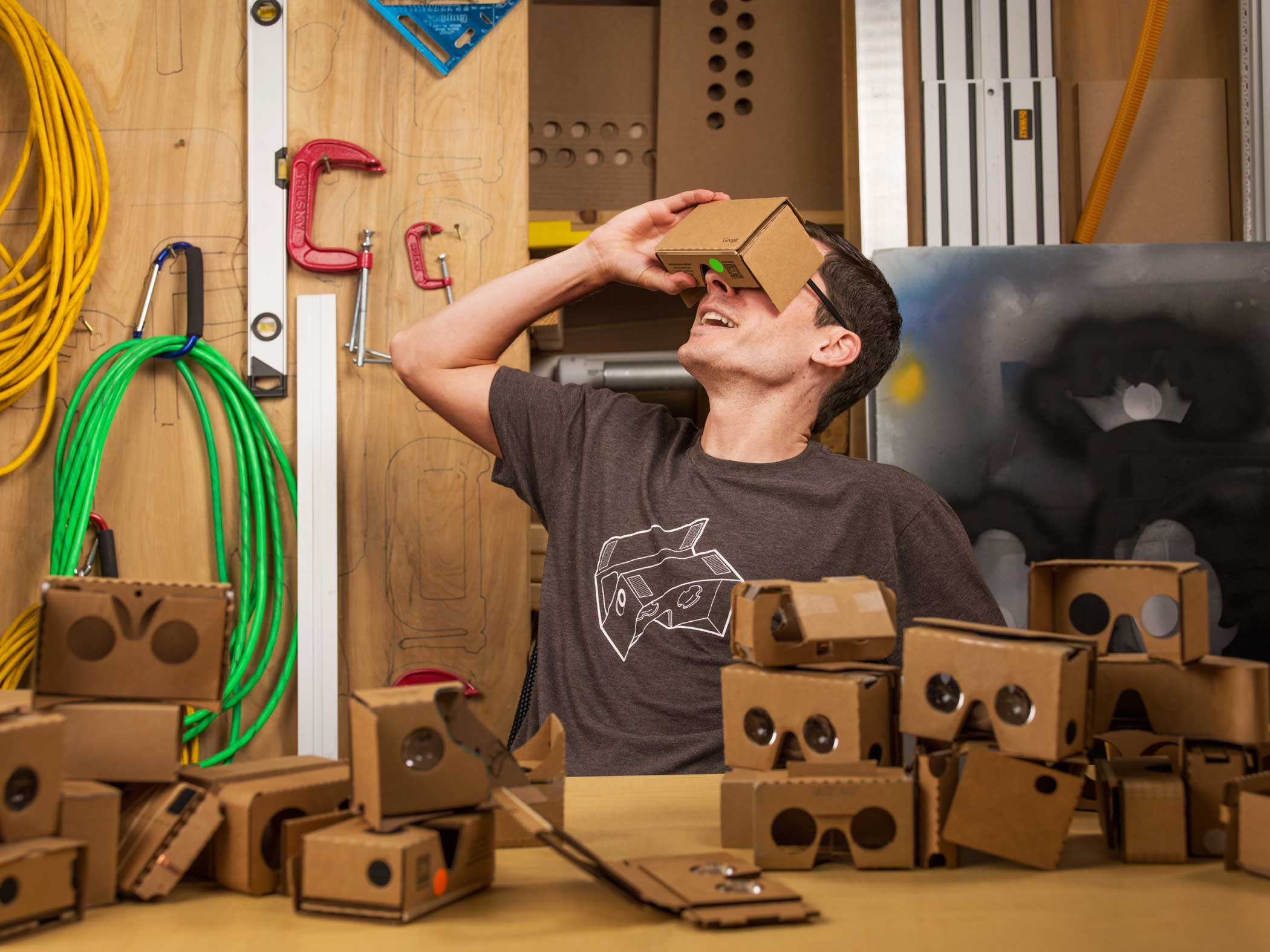
Google is well-known for its April Fools pranks. The first came in 2000 when the company’s search page suggested it could read users’ minds. (It couldn’t.) A few years later, Google told people it would deliver emails on old-fashioned paper through the post office. (It didn’t.) And then there was a 2007 plan to build a broadband network using sewage pipes called TiSP, or Toilet Internet Service Provider. (It’s not clear how many people dropped a fiber optic cable down their commode to try it out.)
So it was no surprise that when Google announced in June of 2014 that it had built a virtual reality headset almost entirely of cardboard, many people thought it was another of the company’s gags—if several months delayed. The project, dubbed Google Cardboard, has been anything but a joke. On Jan. 27, Google will announce that 5 million Cardboard have shipped. More importantly, the company says people are using them: 25 million Cardboard apps have been downloaded from its Play Store, meaning users have tried an average of five different experiences. The most popular app for the device is Chair in a Room, a surprisingly unsettling first-person horror game. But Cardboard apps range from rollercoaster simulators to field trips visits to well-known global monuments.
Cardboard may be the lowest-tech gadget in the history of modern consumer electronics. Its ingredients include about half a pizza box worth of cardboard, two magnets, a couple pieces of Velcro, two lenses and a single rubber band. Pop in a smartphone loaded with the right apps, and Cardboard becomes a virtual reality viewer. When you first see a Google Cardboard unit in person, it’s hard to believe it can do anything impressive. Then you put it on.
Read more: I finally tried virtual reality and it brought me to tears
In an era of blockbuster Kickstarter campaigns, major partnerships, and multi-billion-dollar acquisitions, Google’s recyclable virtual reality viewer may be the most popular “device” for the nascent technology. It would’ve been easy for Google to mark the win and forget about Cardboard as a stunt, if a highly impactful one. But Google has built on Cardboard’s success, adding new features to the device and accompanying software, like better audio. It has fostered a community of developers, crucial for getting fresh content and attracting new users. And it struck high-profile deals to give Cardboard viewers to more people, including one with The New York Times.
At least some of the credit for Cardboard’s early success belongs to Googler Clay Bavor, who recently marked his tenth anniversary with the Mountain View, Calif. firm. Bavor has been leading the Cardboard team since close to the beginning, while running the product and design teams responsible for some of Google’s most well-known software, like Gmail and Google Docs. Bavor describes Cardboard’s early difficulties, such as figuring how to interact with a smartphone that’s stuck inside a paper box. Smartphones have so-called magnetometers, which measure the strength and direction of magnetic fields. They’re meant to help phones figure out which direction they’re pointed in and make features like working compasses possible. So the team added metal magnets to Cardboard’s hardware, then created software to interpret shifts in their magnetic field as a user’s “click.”
“The interesting thing about Cardboard is, the smartphones weren’t built for VR,” says Bavor. “With the exception of a few, they were all designed and built before Cardboard existed. So there’s no thought about how you could optimize a smartphone to make it great not only as a smartphone, but also as the core of a VR device.”
Read more: Everything to know about virtual reality
Bavor says he’s been obsessed with the idea of making unreal things look realistic since he was a child. That led to interests in photorealism, computer modeling, and virtual reality. When Google recently decided to open a dedicated VR department, Bavor was a natural choice to run it. “I kind of became known inside Google as the VR nerd,” he tells TIME in his first interview since being named Google’s vice president of virtual reality earlier this month. “When David Coz, who was the engineer from the Paris office, showed up in Mountain View with the first Google Cardboard prototype it wasn’t long before someone said, ‘Clay needs to see this.'” That Google is putting resources into a new division, even as it seeks to streamline its operations under a wider reorganization, shows the firm wants to take virtual reality—promising but unproven technology—seriously. (Google has also invested in augmented reality startup Magic Leap).
Still, Cardboard only offers an entry-level virtual reality experience. It’s likely the least-expensive gateway device to virtual reality. Forthcoming high-end virtual reality headsets from Oculus, Valve, Microsoft and Sony will cost anywhere from several hundred dollars to several thousand, depending on the computers needed to make them run. They will, for the price, offer much more immersive experiences. Samsung sells its Gear VR for $99, but it only works with that company’s line of phones. Worldwide sales of virtual reality gear are expected to rise to nearly $16 billion annually by 2020, estimates researcher Markets and Markets.
See The Incredibly Goofy Evolution of Virtual Reality Headsets



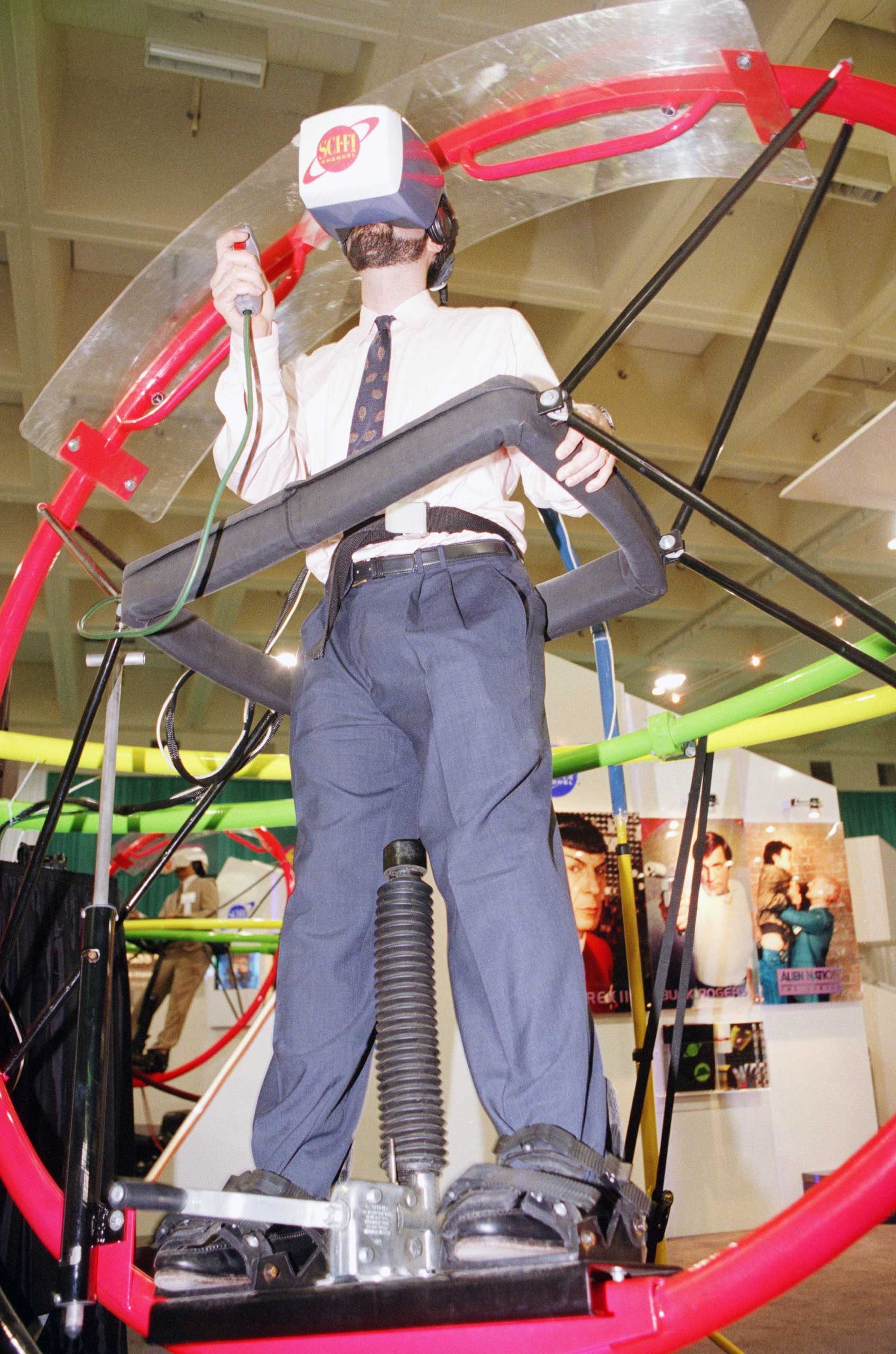

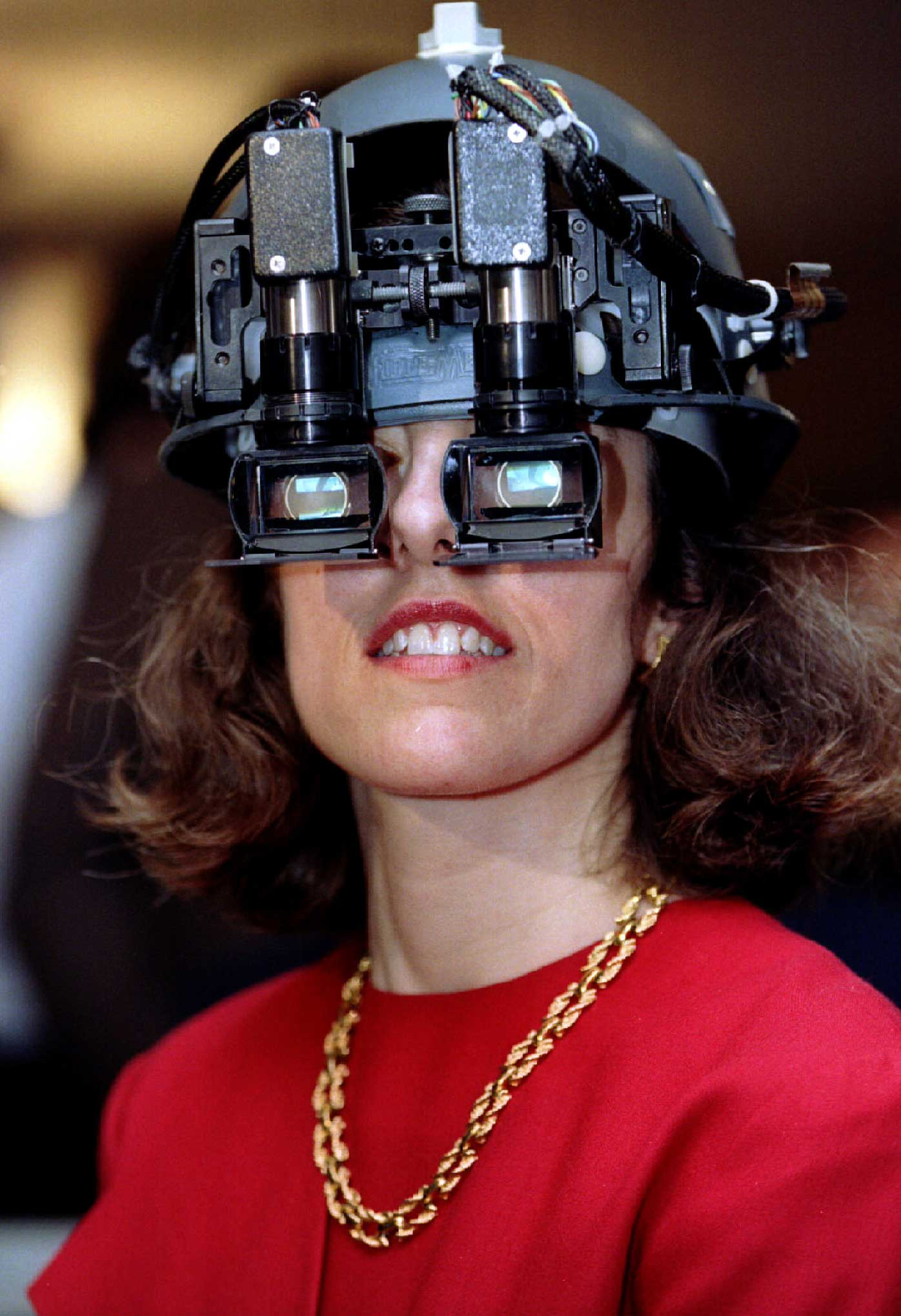


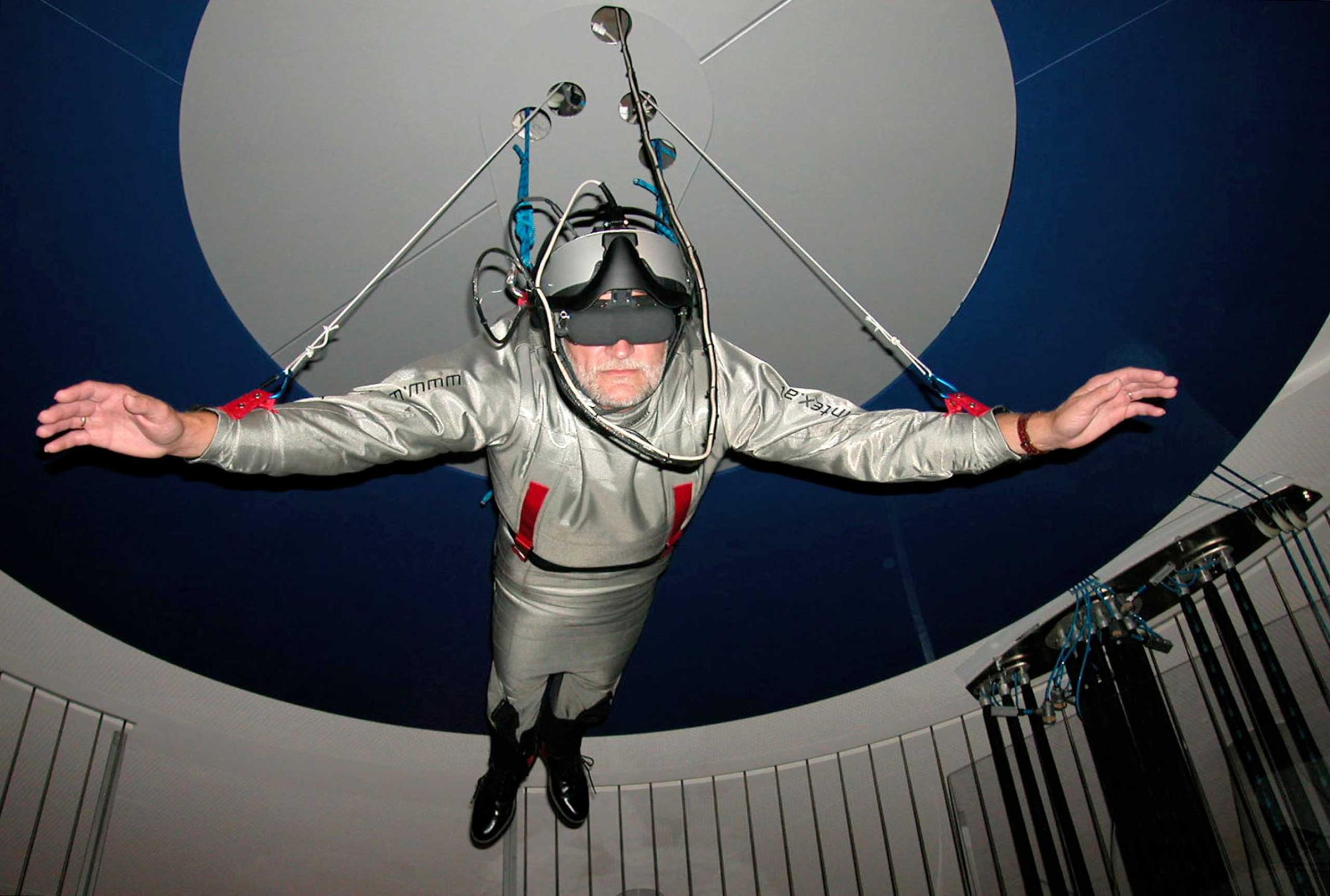
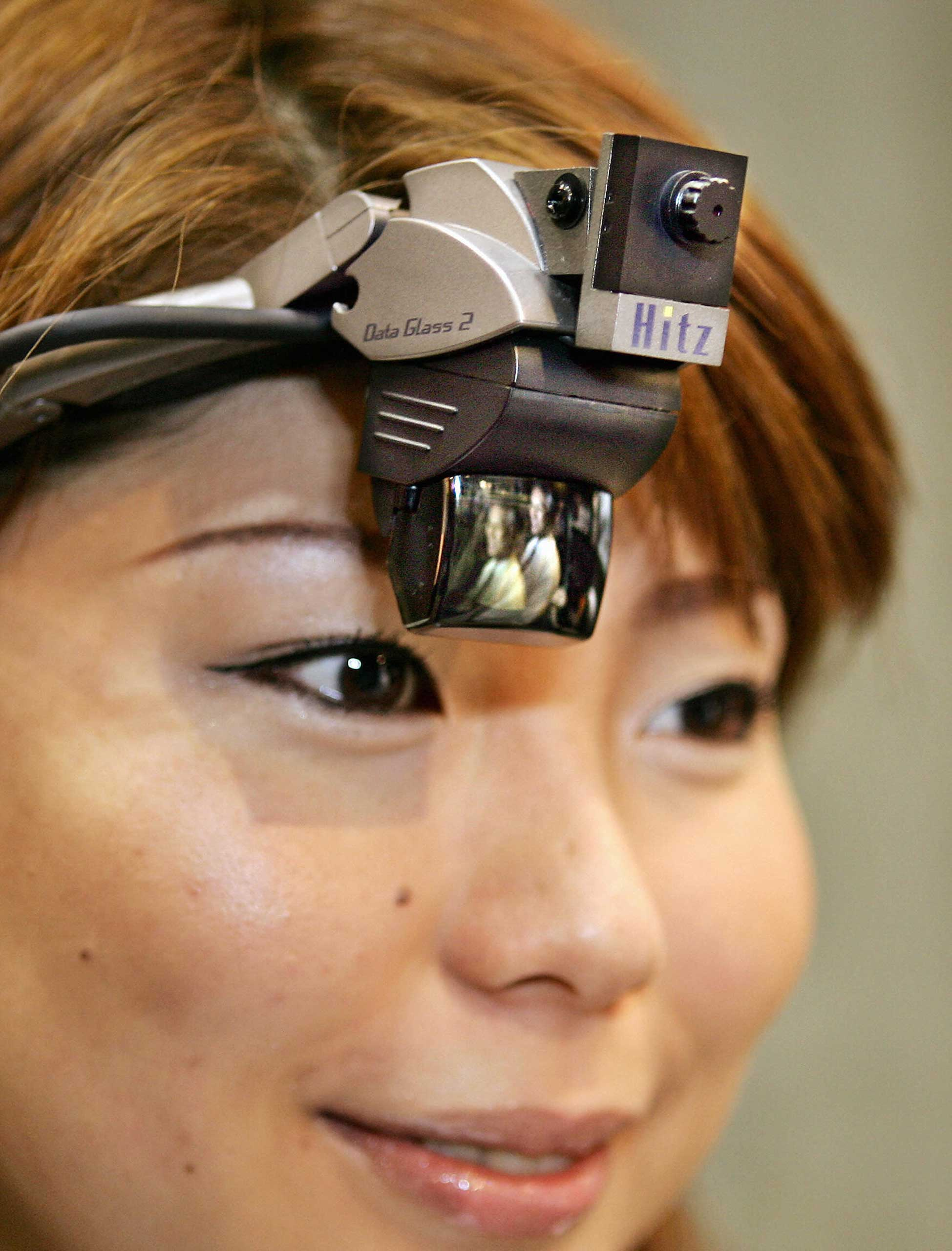
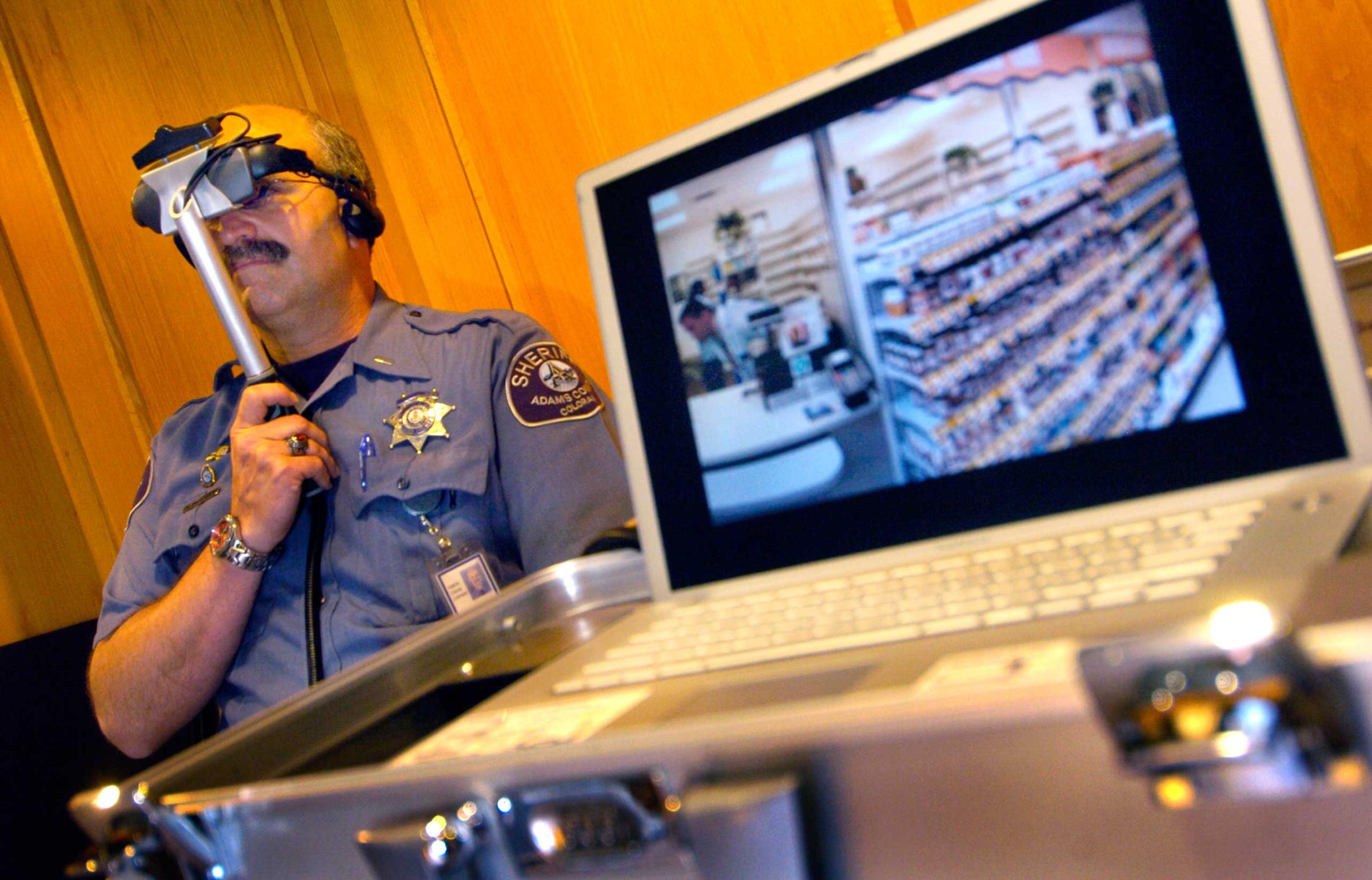


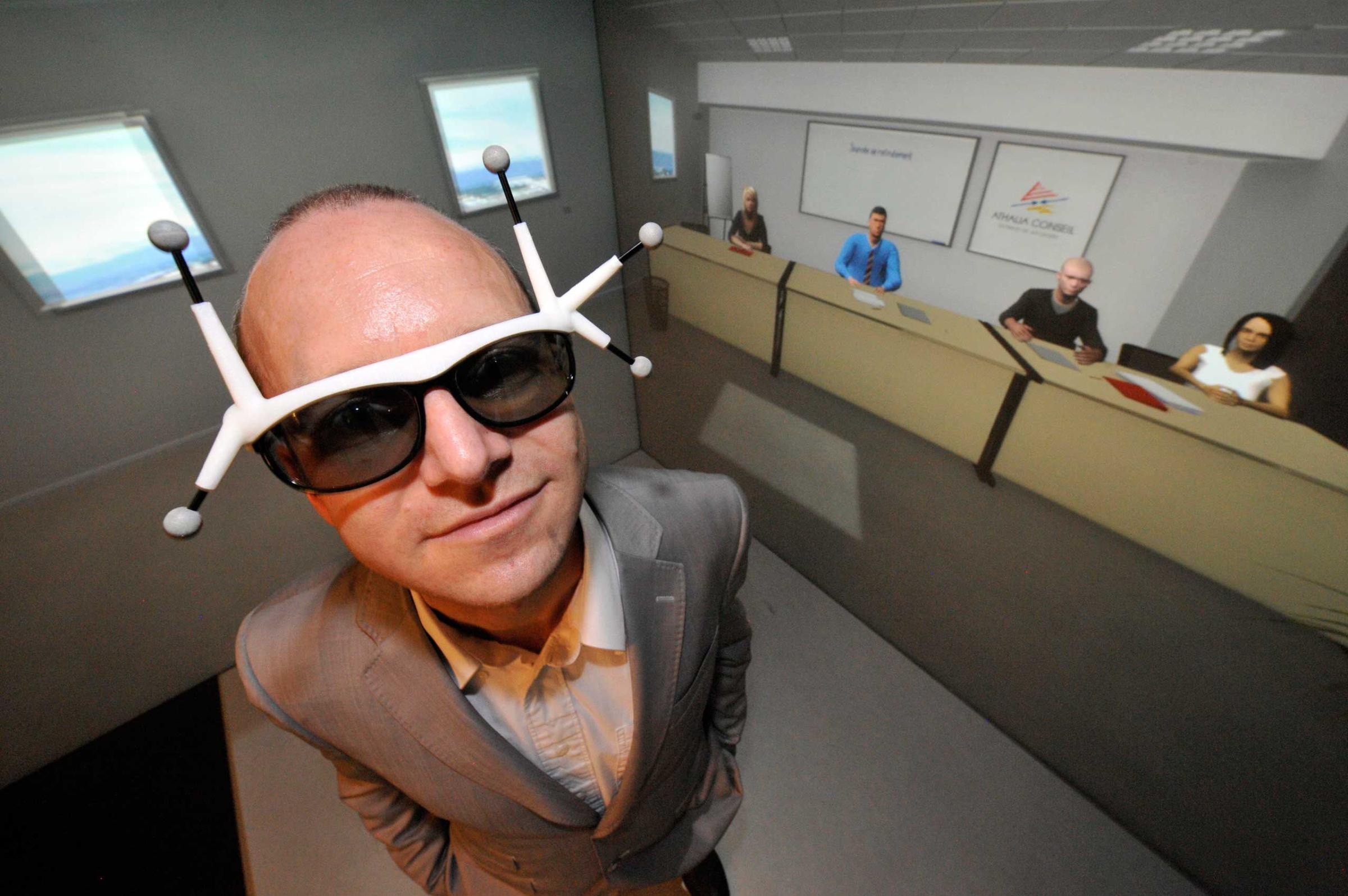
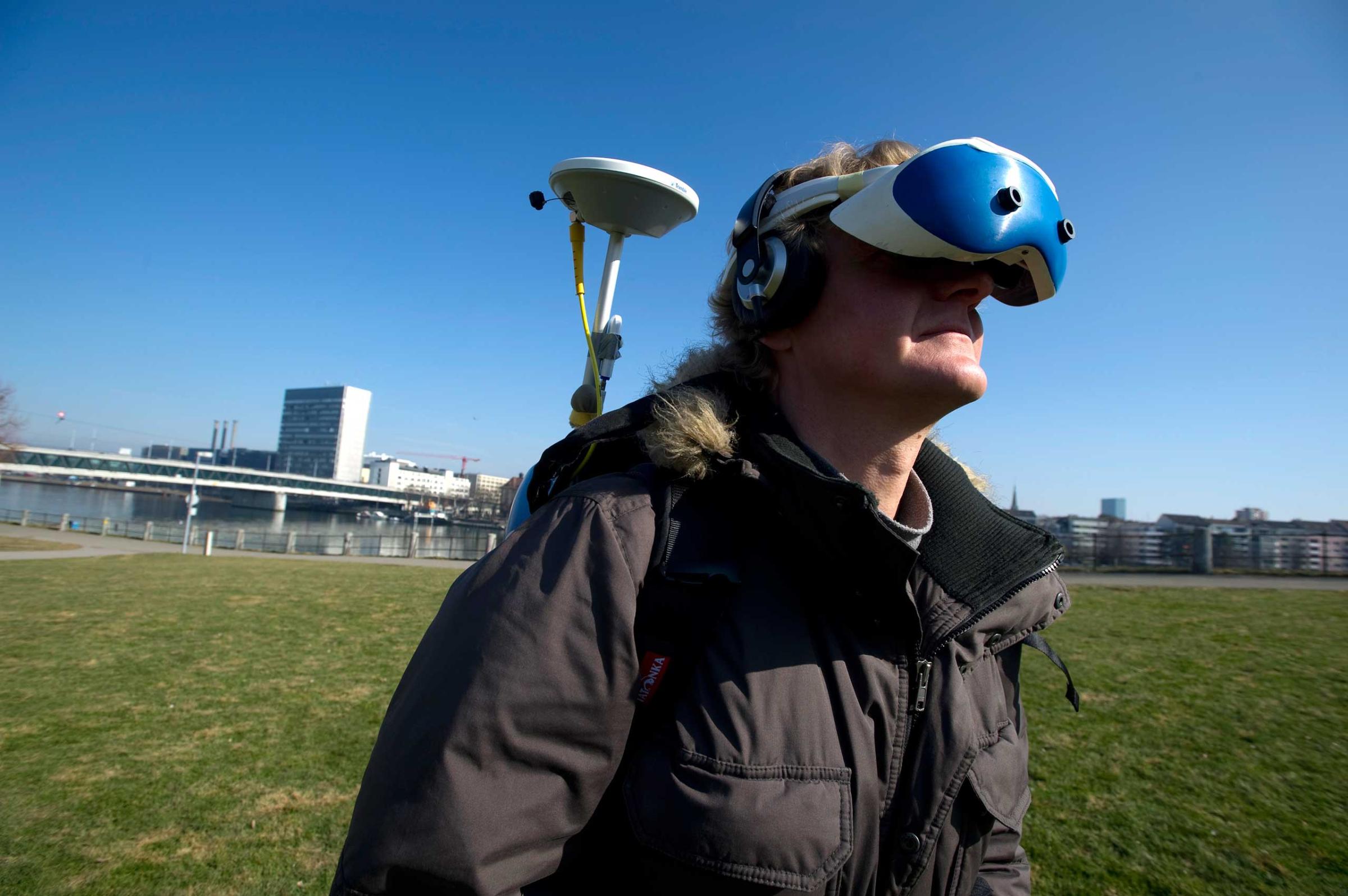
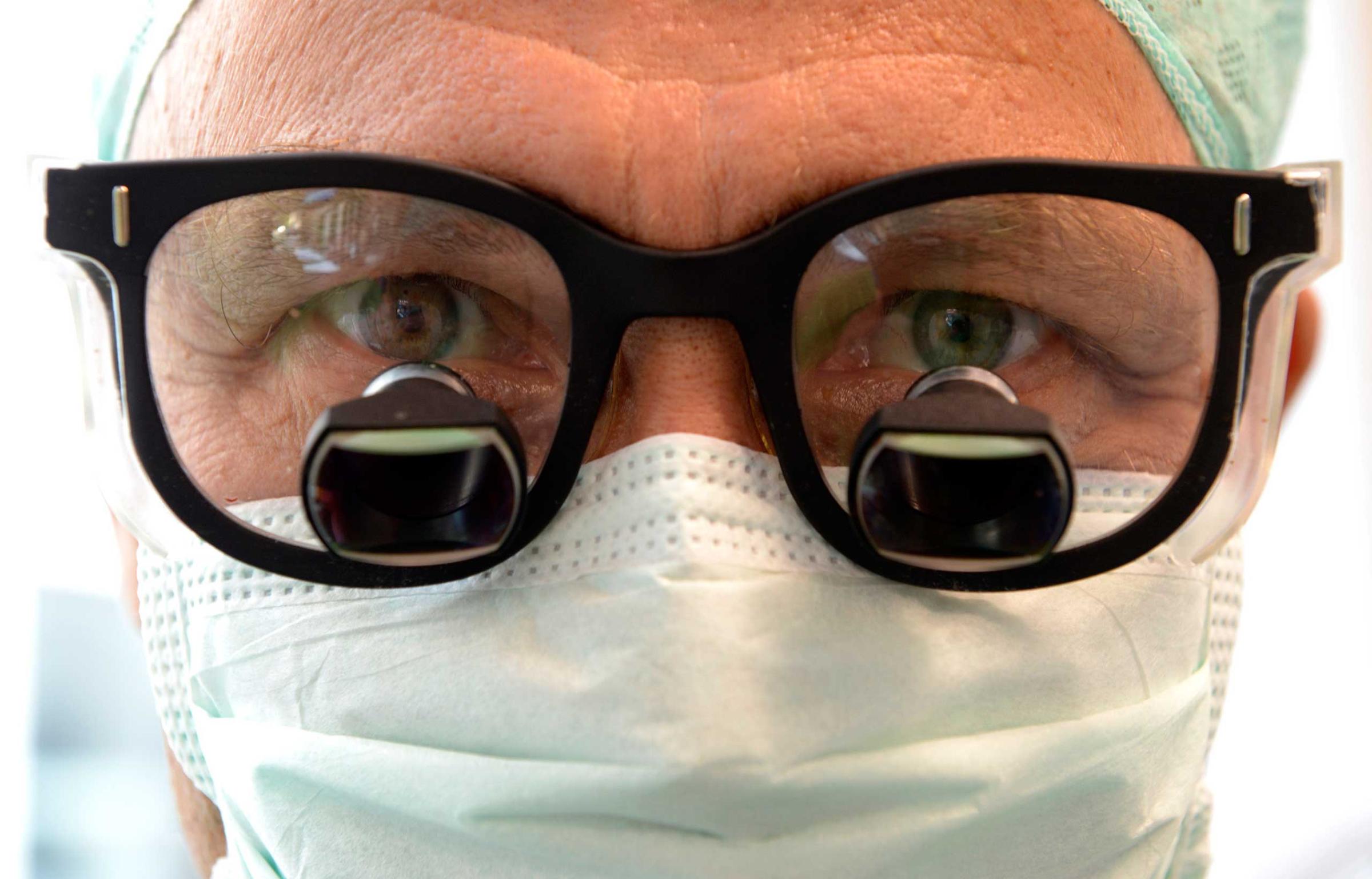
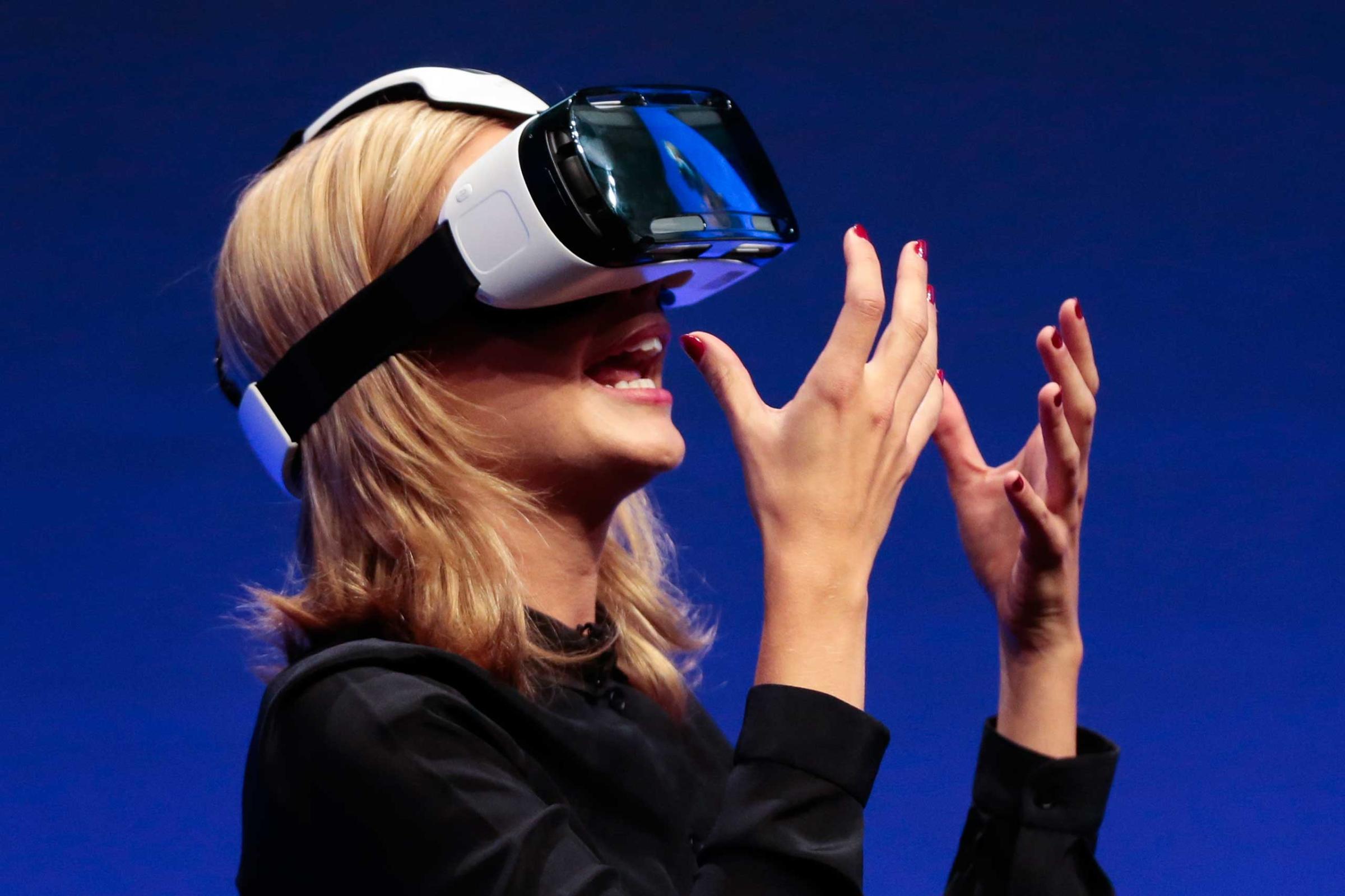
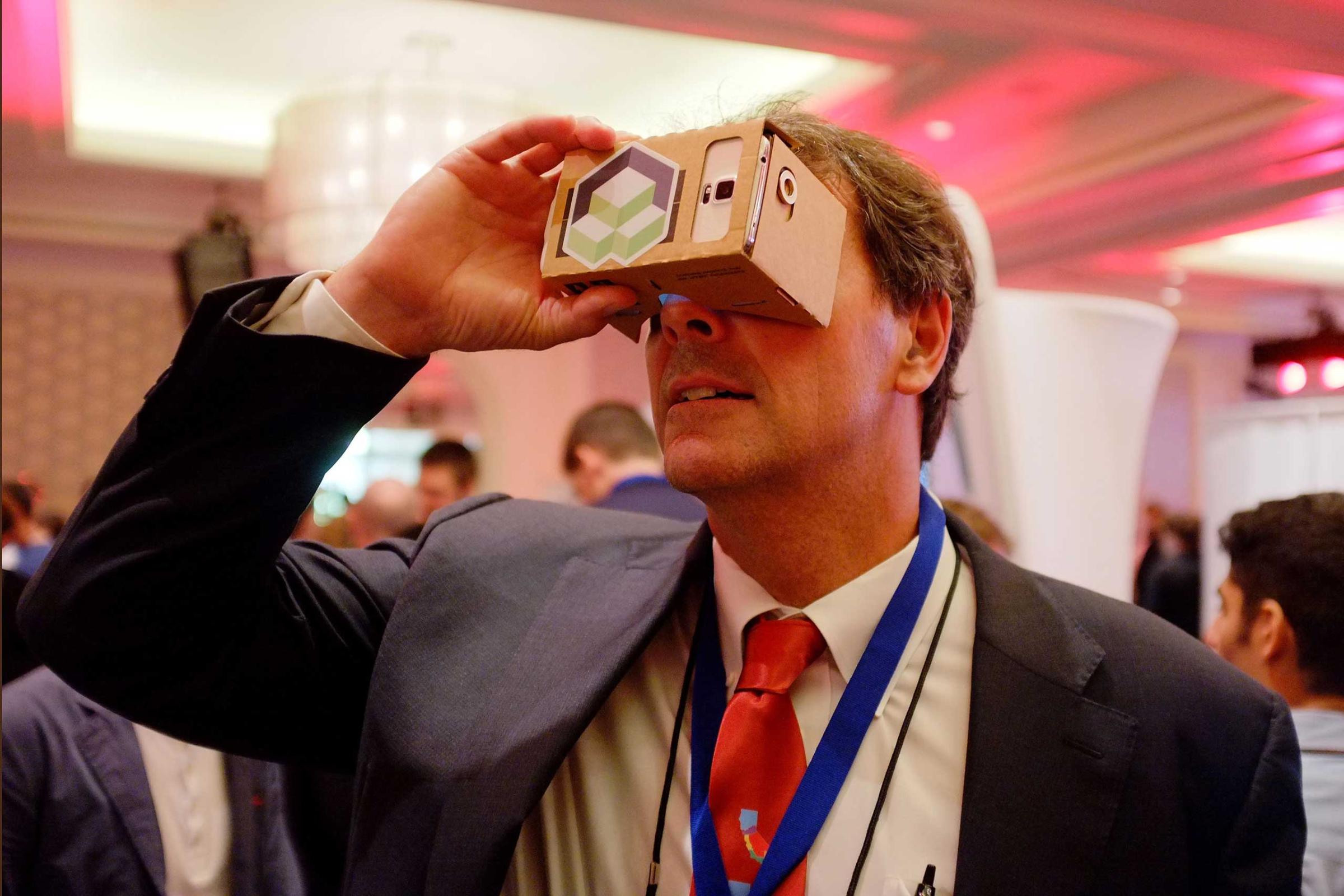
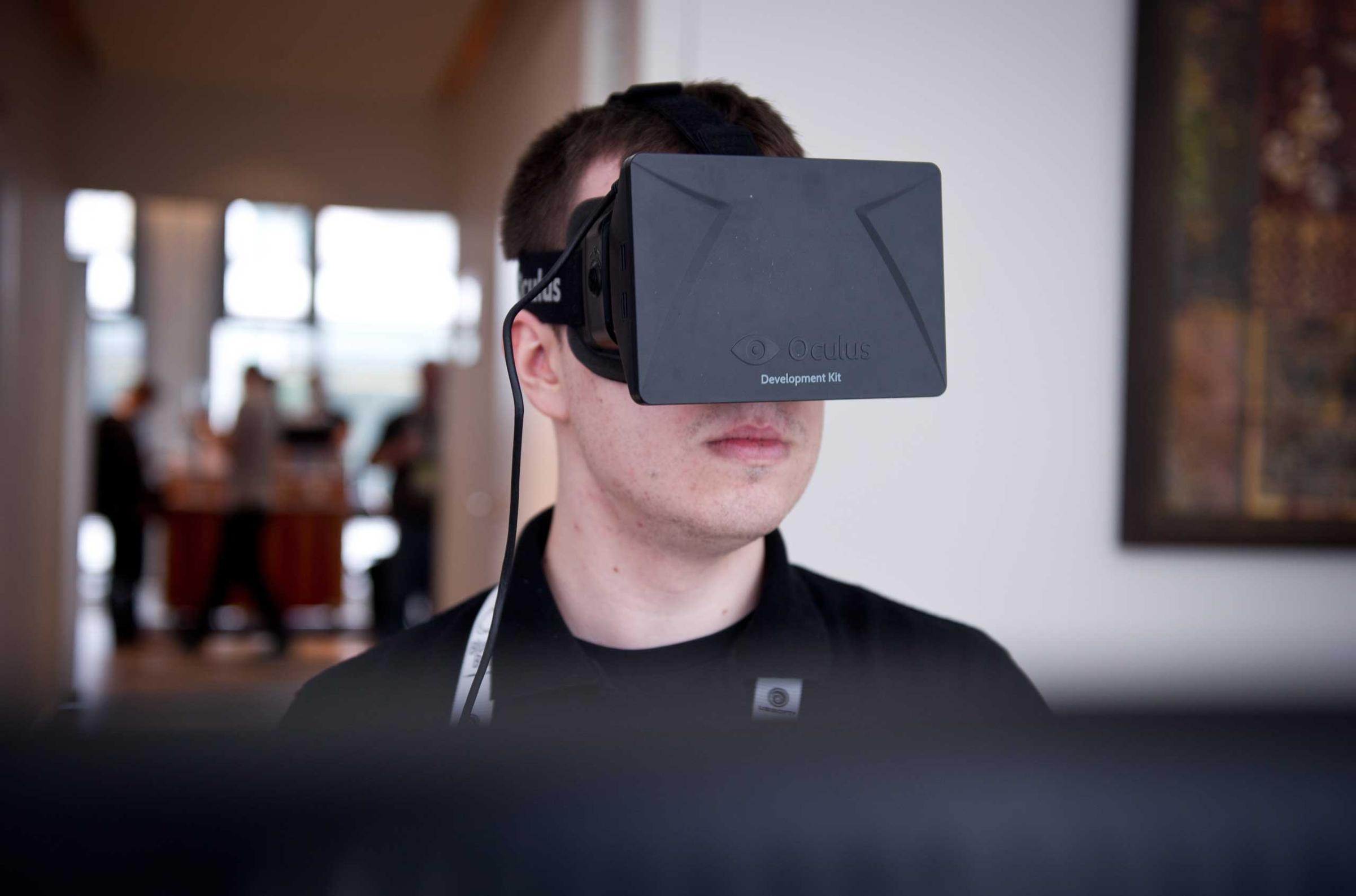
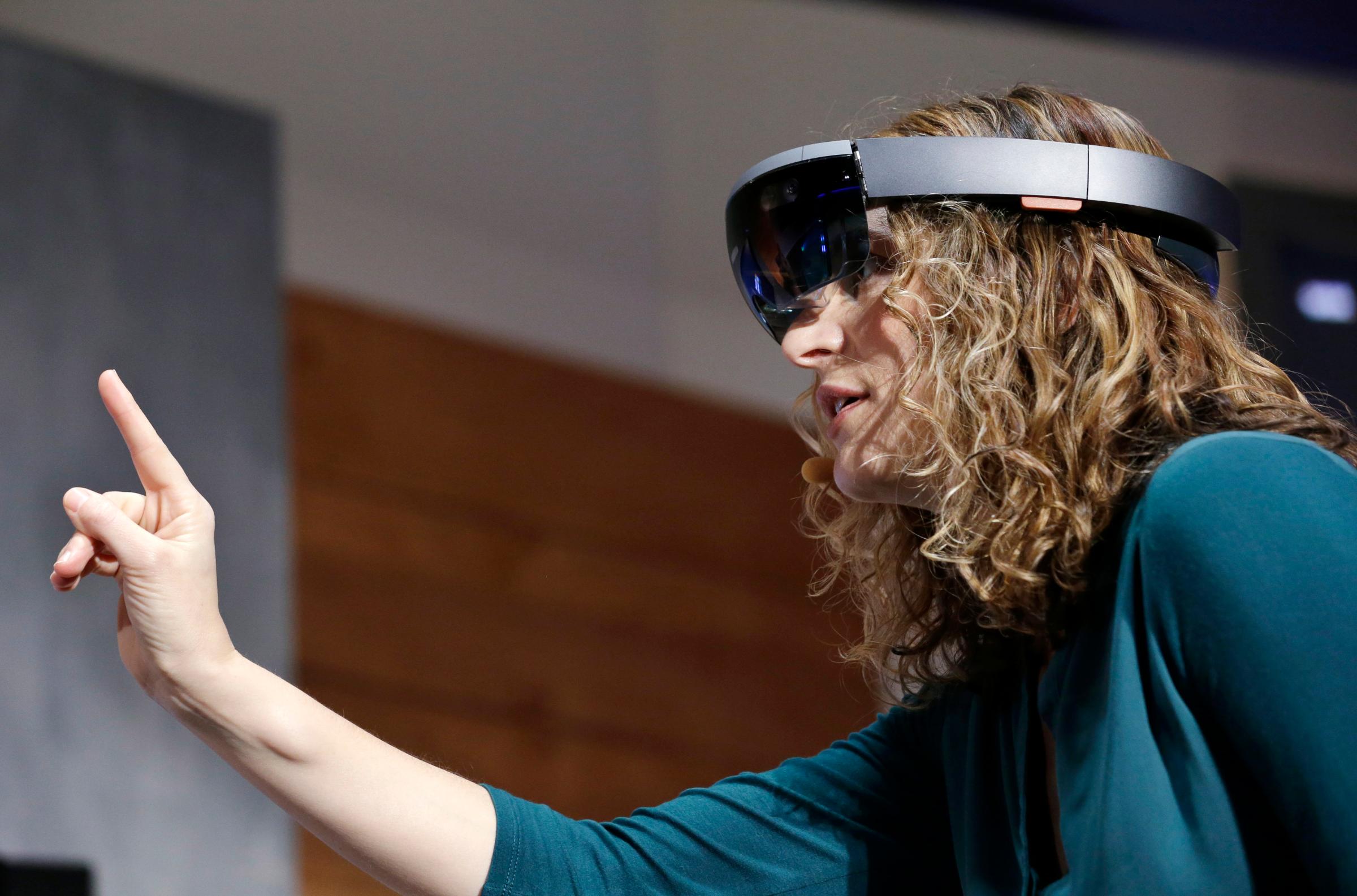
Is Google working on higher-end VR hardware? Bavor won’t say exactly. “The amazing thing about Cardboard is that it’s truly VR for everyone with a smartphone,” he says. “We think there’s something powerful and important in that. Is that the end of the line? Of course it’s not the end of the line. I think if you imagine the types of things that a company with the ambition and the technical resources and the know-how of Google would be working on, we’re working on a lot of those things.”
Ultimately, Bavor says Google’s goal is putting virtual reality in the hands of as many people as possible. Or as he puts it, “VR is too important and too powerful a medium to be accessible to only a few.”
More Must-Reads from TIME
- Donald Trump Is TIME's 2024 Person of the Year
- Why We Chose Trump as Person of the Year
- Is Intermittent Fasting Good or Bad for You?
- The 100 Must-Read Books of 2024
- The 20 Best Christmas TV Episodes
- Column: If Optimism Feels Ridiculous Now, Try Hope
- The Future of Climate Action Is Trade Policy
- Merle Bombardieri Is Helping People Make the Baby Decision
Contact us at letters@time.com